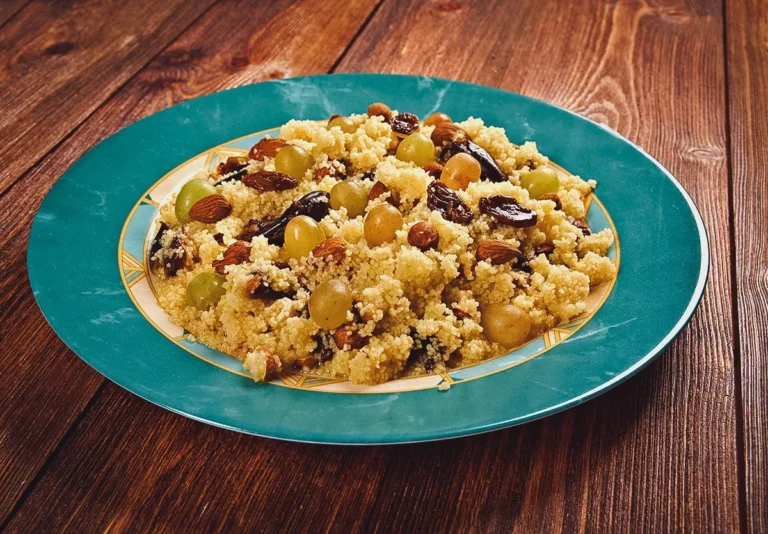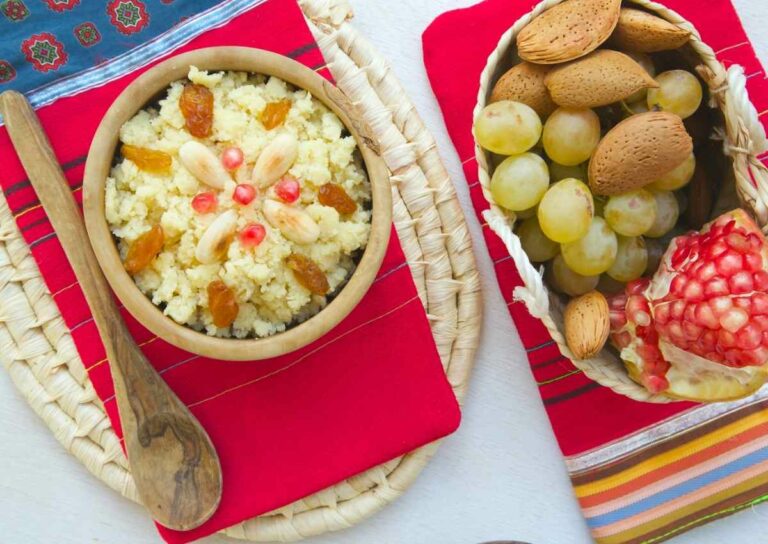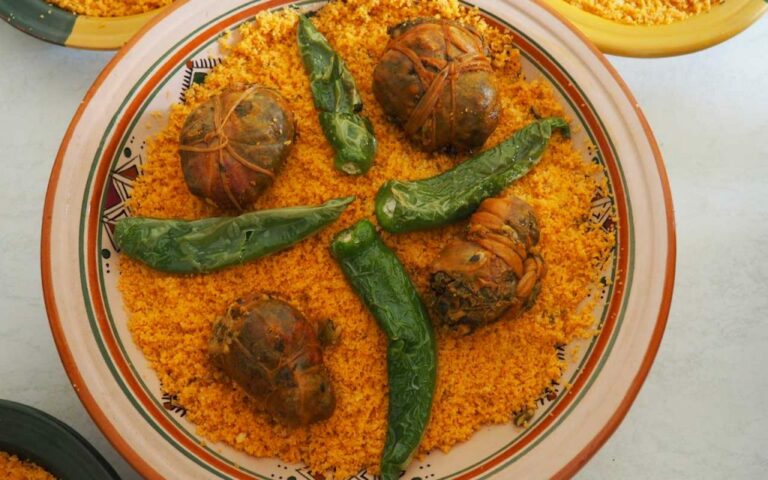Introduction: Tunisian Snacks
Tunisia is a country that is known for its vibrant culture and delicious cuisine. Tunisian snacks are particularly famous for their unique and flavorful taste. There is a wide variety of Tunisian snacks that are popular in the country and around the world. These snacks range from sweet to savory and are available in restaurants, cafes, and street food stalls.
Many Tunisian snacks are made with local ingredients that are easily available, such as olive oil, harissa, and semolina flour. Tunisian snacks are not just delicious but also reflect the culture and traditions of the country. In this article, we will explore some of the most popular traditional Tunisian snacks that are enjoyed by locals and tourists alike.
Baklava: A Sweet Pastry Delight
Baklava is a sweet pastry that is a staple in Tunisian cuisine. It is made with layers of phyllo dough filled with chopped nuts, honey, and spices such as cinnamon and cardamom. Baklava is a popular snack during festivals and celebrations in Tunisia. The pastry is cut into small diamond-shaped pieces and served with a cup of mint tea.
Baklava is not just a snack but also a symbol of hospitality in Tunisian culture. It is often served to guests as a gesture of welcome and respect. Baklava is widely available in Tunisia, and there are many variations of the pastry that differ in the ingredients and preparation method.
Brik: A Crispy Fried Goodness
Brik is another popular snack in Tunisia that is made with thin sheets of dough filled with a variety of ingredients such as tuna, egg, parsley, and harissa. The dough is folded into a triangle-shaped parcel and then deep-fried until crispy and golden brown.
Brik is a versatile snack that can be served as an appetizer or a main course. It is often accompanied by a salad or a dipping sauce, such as harissa or tzatziki. Brik is a filling and delicious snack that is favored by locals and tourists alike for its crispy texture and flavorful filling.
Harissa: A Spicy Paste with Bread
Harissa is a spicy paste that is a staple in Tunisian cuisine. It is made with chili peppers, garlic, olive oil, and spices such as cumin and coriander. Harissa is often served with bread as a snack or as a condiment for meat or vegetable dishes.
Harissa is a versatile paste that can be customized to suit individual preferences. It can be made mild or spicy, depending on the chili peppers used. Harissa is also available in jars and can be easily found in supermarkets and specialty stores.
Mechouia Salad: A Healthy Snack Option
Mechouia salad is a healthy and flavorful Tunisian snack that is made with grilled vegetables such as bell peppers, tomatoes, and onions. The vegetables are chopped and mixed with spices such as garlic, coriander, and cumin, and then drizzled with olive oil and lemon juice.
Mechouia salad is a refreshing snack that is perfect for hot summer days. It is often served as a side dish or as a light meal on its own. Mechouia salad is a great option for those who are looking for a healthy snack that is both delicious and nutritious.
Lablabi: A Hearty Chickpea Soup Snack
Lablabi is a hearty chickpea soup that is a popular snack in Tunisia. It is made with chickpeas, garlic, cumin, and harissa, and served with bread that is soaked in the soup. Lablabi is a filling snack that is often eaten for breakfast or as a late-night snack.
Lablabi is a great option for those who are looking for a snack that is both filling and nutritious. It is a popular street food in Tunisia and is often sold by vendors who set up stalls in the evening. Lablabi is a must-try for anyone who wants to experience the true flavors of Tunisian cuisine.
Conclusion
Tunisian snacks are a testament to the country’s rich culture and heritage. They are not just delicious but also reflect the diversity and traditions of the country. From sweet pastries to spicy dips, Tunisian snacks offer something for everyone. Whether you are a tourist or a local, trying these traditional Tunisian snacks is a must-do when visiting the country.










